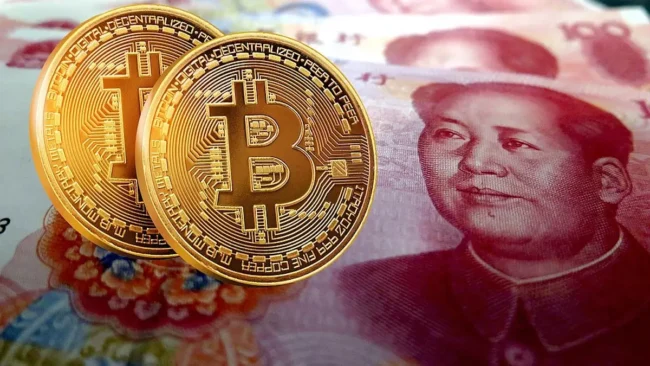Decline in CPI and PPI Highlights Lingering Economic Challenges
China consumer inflation faced a setback in July, signifying persistently feeble liquidity and spending amidst sluggish business activity. The downward trajectory of factory gate inflation continued throughout the month.
The National Bureau of Statistics released data indicating a 0.3% drop in the consumer price index (CPI) inflation over the 12 months ending July. While this was slightly better than the projected 0.4% decline, it marked the first annual contraction in CPI since September 2021.
In comparison, CPI inflation grew 0.2% from the previous month, surpassing the expected 0.1% growth.
Though the monthly data suggests a modest uptick in consumer inflation, the annual contraction highlights the persistence of factors driving down China inflation—namely, slow spending and reduced economic activity.
These conditions signal a lack of improvement in the world’s second-largest economy following a lackluster second quarter.
The underlying weakness is particularly evident in China’s manufacturing sector, with the producer price index (PPI) inflation continuing to contract.
PPI inflation shrank by 4.4% in July, surpassing the anticipated 4.1% decrease. Although an improvement from June’s 5.4% decline, it remained close to the levels observed during the yuan crisis of 2016.
This weak inflation data coincides with reports of deteriorating Chinese exports and imports in July, coupled with worsened business activity.
It is likely to prompt additional stimulus measures from Beijing to bolster the post-COVID economic recovery. However, Chinese officials have provided limited details on their economic reinforcement strategy.
As inflation worsens, the People’s Bank of China may implement further liquidity measures, including potential mortgage and deposit rate cuts, to support the economy.
